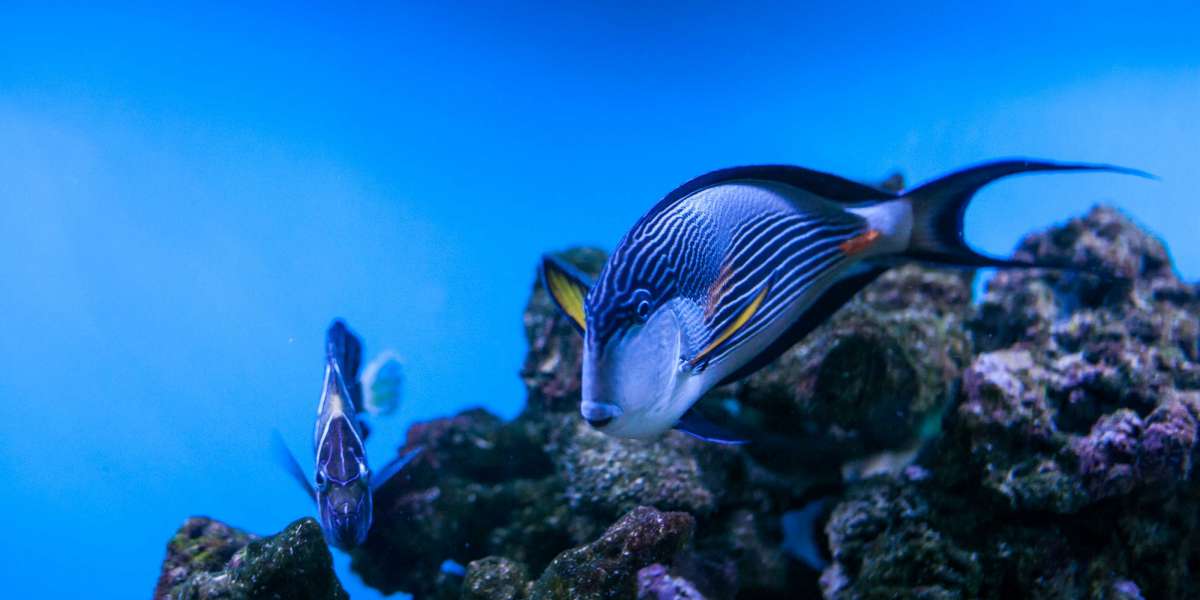Why Tracking Fish Matters
Fish are disappearing faster than we can study them. Climate change, overfishing, pollution, and habitat loss are taking a toll on aquatic ecosystems across the globe. If we want to protect endangered species and restore balance, we need reliable ways to track fish over time and across habitats.
That’s where PIT tags come into play.
From mountain streams to massive river basins, these tiny tracking tools are helping scientists collect the data they need—without harming the fish or disturbing the environment.
What Are PIT Tags?
PIT stands for Passive Integrated Transponder. These small, implantable microchips—roughly the size of a grain of rice—store a unique identification code. When a fish swims near a reader antenna, the chip is activated and transmits that code to the receiver.
The best part? These tags require no battery and can last the entire lifetime of the fish. Once inserted, they allow for long-term monitoring without the need to recapture or disturb the animal again.
How a PIT Tag System Works
A complete fish tracking system using PIT technology consists of three main components:
The Tags: These are injected under the skin of a fish, usually in the abdominal cavity. Each tag has a permanent, unique ID.
The Antenna: Installed in a fishway, river channel, or stream, it emits a signal that powers nearby tags.
The Reader Unit: This captures the tag ID, along with date and time, and sometimes additional data like water temperature or flow rate.
This setup is passive and silent. It doesn’t interfere with the fish's behavior, making it ideal for sensitive studies and endangered species research.
Real-World Use Cases of PIT Tags in Fish Tracking
Let’s explore how these tags are making a difference around the world.
1. Pacific Northwest Salmon Migration
The Columbia and Snake River systems in the U.S. are home to one of the largest PIT monitoring networks globally. Millions of juvenile salmon are tagged each year. As they pass through multiple dams and checkpoints, their survival rates, migration timing, and travel routes are recorded in real time.
This data informs dam management, fish passage improvements, and hatchery evaluations—all critical for species recovery.
2. European Eel in Decline
The critically endangered European eel faces major threats from barriers like dams and hydropower facilities. Researchers have used PIT tags to study how eels migrate through these obstacles and to prioritize which ones need modification or removal to restore connectivity.
3. Stocking and Restocking in Freshwater Lakes
Many fisheries programs use PIT-based tracking to evaluate hatchery stocking success. By tagging fish before release, biologists can later assess how many survive, how far they travel, and whether they reproduce. These insights guide stocking policies and help improve conservation outcomes.
Why Choose PIT Tags?
There are many fish tracking methods out there—radio tags, acoustic transmitters, satellite trackers—but here’s why PIT tags stand out:
| Feature | Benefit |
|---|---|
| No Battery Needed | Lasts for years without needing replacement. |
| Tiny Size | Suitable even for small species and juveniles. |
| Cost-Effective | Enables large-scale tagging without breaking budgets. |
| High Accuracy | Tracks individual fish movements precisely. |
| Minimal Stress | Fish don’t need to be recaptured for monitoring. |
How to Set Up a PIT Tag Tracking System
Setting up an effective system depends on your goals, budget, and study area. Here’s what to consider:
Tag Size: Common sizes include 12mm and 23mm. Smaller fish need smaller tags.
Detection Points: Install antennas in areas where fish naturally funnel through, like culverts, narrow river channels, or dam passages.
Power Options: Choose solar-powered, battery-backed, or grid-connected systems based on accessibility.
Data Collection: Modern readers offer cloud syncing, automated alerts, and integration with GIS tools.
Popular manufacturers like Oregon RFID, Lotek, and Biomark offer complete hardware kits and technical support for both researchers and environmental agencies.
What the Data Can Tell You
PIT tag data can answer important questions that shape conservation decisions:
Which routes are fish using—or avoiding?
How effective are fishways and bypasses?
What are the survival rates across different life stages?
Are hatchery fish returning to spawn naturally?
Do restored habitats actually support returning fish?
These insights go beyond academic curiosity—they influence dam operations, infrastructure projects, and environmental regulations.
Ethics and Compliance in Tagging
While PIT tags are minimally invasive, proper handling is essential. Most researchers follow strict ethical protocols for anesthesia, sterilization, and post-tagging recovery. In the U.S., tagging work often requires IACUC (Institutional Animal Care and Use Committee) approval, and in other regions, compliance with local wildlife laws is required.
The Future of Fish Tracking
PIT-based systems are now being enhanced with:
IoT integration: Combine PIT tag readers with water quality sensors and real-time alerts.
Machine learning: Detect unusual behavior patterns or migration delays automatically.
Remote monitoring: Cloud dashboards allow researchers to access data from anywhere in the world.
These upgrades make it easier than ever to conduct large-scale tracking projects—even in remote or rugged environments.
Final Thoughts
In the race to conserve aquatic biodiversity, data is our greatest ally. And PIT tags are helping us collect that data with precision, reliability, and minimal impact on the fish themselves.
Whether you're tracking endangered species, evaluating hatchery programs, or studying migration routes, this technology gives you the tools to make smarter, faster, and more effective conservation decisions.
So if you're ready to launch your next research or monitoring project, consider a PIT tag system. It might just be the quiet hero your conservation efforts need.








